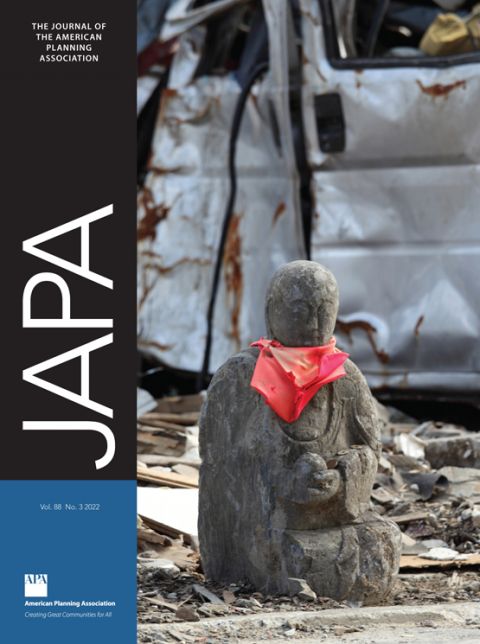Publication
Planning for Opportunity: How Planners Can Expand Access to Affordable Opportunity Bargain Areas
There is strong evidence that living in high-opportunity neighborhoods can improve children's long-term educational and economic outcomes; translating this into practical advice for planners is difficult. Planning discussions rarely consider how much that opportunity costs, even though planners must grapple with the typically higher cost of providing housing in opportunity areas. This paper argues for a streamlined measure called the school–violence–poverty (SVP) index based on three contemporary metrics that research shows enhance economic mobility for children: school quality, violent crime, and poverty. Integrating the SVP index with data on rental prices in New York City (NY) and Greater Boston (MA) identified a collection of high-opportunity bargain neighborhoods with lower rents than expected, given their opportunity metrics and housing characteristics. Findings show that high-opportunity bargain areas tended to be more affordable because they lacked amenities such as restaurants and proximity to the city center associated with higher rents. However, these amenities are unlikely to relate to children's economic mobility.



